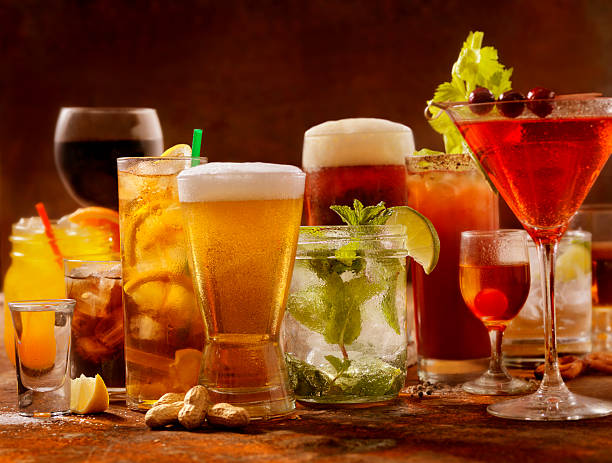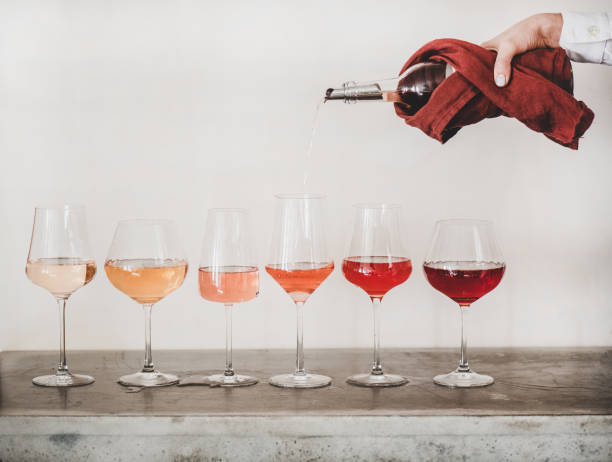Rebecca, who has been producing wine for Bremerton wines in Langhorne Creek, SA, since 1997, now owns the business and runs it with her sister Lucy.
“My motivation for becoming an EcoGrower is the desire to educate myself about the biodiversity opportunities available for our sites and the ability to surround myself with people of like mind who I can learn from. Rebecca said that she wanted to “put into practice” the learnings from her course and to see an impact on our land’s diversity and health.
“I feel an urgency in vineyard management. The phasing-out of traditional chemicals used for weed control has pushed us to explore alternative approaches. We are also interested in anything that will improve the soil health and help us understand what’s happening to our soil over time.
Rebecca, who joined the EcoVineyards Program in 2010, has planted natives on two vineyard sites to increase biodiversity. “These have been successful in establishing, and now we’re excited to look under the surface and see the soil health and activity.”
Before replanting vines, the sisters will establish a mix of native grasses and forbs on a vineyard with a history of invasive weeds. The sisters are also looking at composting winery waste to improve soil health.
Rebecca is just one of the many EcoGrowers in the National EcoVineyards Program. EcoGrowers set up demonstration sites with the help of local experts in their vineyards. This allows them to gain local and practical insight.
Wine Australia funds the National EcoVineyards Program with levies collected from Australia’s winemakers and grape growers and matching funds from Australia. Retallack Viticulture Pty Ltd delivers the program with support from regional communities. The program is designed to assist grape growers in improving soil health, establishing ground cover plants, and increasing functional beneficial biodiversity.
Since its launch last year, this program has offered practical and regionally-specific options to growers who want to improve their sustainability, resilience, and profitability. A biodiversity action plan, which details the biodiversity assets on a vineyard as well as the actions that can be taken to promote environmental responsibility on the property, was recently developed. You can view an editable version of the summary page, plan template, and supporting materials.
Lists of regional plant species have also been created. These native plant communities lists were compiled to reflect native plants with insectary benefits in the region that existed before landscapes were altered, explained Dr Mary Retallack, founder and National Program Director of EcoVineyards.
Acknowledgments
The Australian Food and Wine Trade collaboration was formed to promote high-quality Australian foods and beverages in key international markets. Dairy Australia is one of the members, and Hort Innovation is another. Meat & Livestock Australia (M&LA), Wine Australia, and Seafood Industry Australia are also funding partners.




